Located just behind Shibamata Taishakuten and less than a 10-minute walk from Shibamata Station, this elegant residence blends traditional and European shoin-zukuri architecture.
Yamamoto-tei was recently ranked third by the Shiosai Project in Sukiya Living Magazine, a highly regarded American magazine dedicated to Japanese gardens and architecture. The Shiosai project aims to identify and draw attention to Japan's finest sukiya (traditional tea house-style) spaces, which are meant for peaceful atmosphere and unique beauty, rather than size, age or reputation.
Over 30 participating international experts have ranked nearly 1,000 of Japan's best public gardens, including ryokan, restaurants and historic sites. Experience the harmony of Japanese design and the West and a sense of peace at this internationally acclaimed attraction. Yamamoto-tei has been registered as a Tangible Cultural Property by the Katsushika ward and attracts visitors from all over Japan and the world who come to observe the building's unique blend of shoin-zukuri and Western as well as the surrounding elegant garden. The building is the former residence of Tokyo businessman Einosuke Yamamoto, founder of camera components manufacturer, Yamamoto Plant. Yamamoto moved to the area after the 1923 Kanto Earthquake and renovated the building between 1926-1930.
The building was used for four generations before it was acquired by Katsushika ward in 1986 and opened to the public in 1991. Yamamoto-tei's wooden two-story structure covers an area of 400 square meters on the first floor and 50 square meters on the second floor. On the second floor, there is the living room, the Nagaya-mon gate, the storeroom, the tea room, and the drawing room.
The living room showcases signature shoin design elements such as chigaidana (set of staggered shelves) and akarishoji (paper shutters to let in light). The area opens up to the garden and is now used as a tea house, where visitors can drink matcha while admiring the lush greenery.
Nagaya-mon Gate blends traditional Japanese architecture with distinct Western accents in its interior and exterior design. The living room was the only Western-style room, designed in the popular Taisho-Roman style of the time.
The Yamamoto-tei Garden is a typical garden, a design that prioritizes the view of the garden as one looks inside the building. It consists of about 400 shrubs and trees, a pond and waterfall at the back of the garden - the sound of it gives a sense of depth to the garden. In 2016, Yamamoto-tei's garden was ranked third in the annual Shiosai Ranking, a project coordinated by the prestigious US-based Japanese Garden magazine, Sukiya Living. The Shosai Project evaluates and ranks more than 900 public gardens across the country to give recognition not based on size, age, or popularity, but on the beauty and peace of the space. Yamamoto-tei has been ranked in the top 10 since 2003.
Note :
- Visitors are not allowed to bring in food and drinks.
- Smoking is prohibited.
- Sale of goods in any form is strictly prohibited.
- Pets are not allowed in the building.
Admission 100/person
Open 9:00-17:00
Closed Public Holidays, 3rd Tuesday of every month and 4th Tuesday, Wednesday and Thursday in December
 Register
RegisterSign in Travel Agent
Sign in Supplier
Sign in Affiliate
Sign in Guru

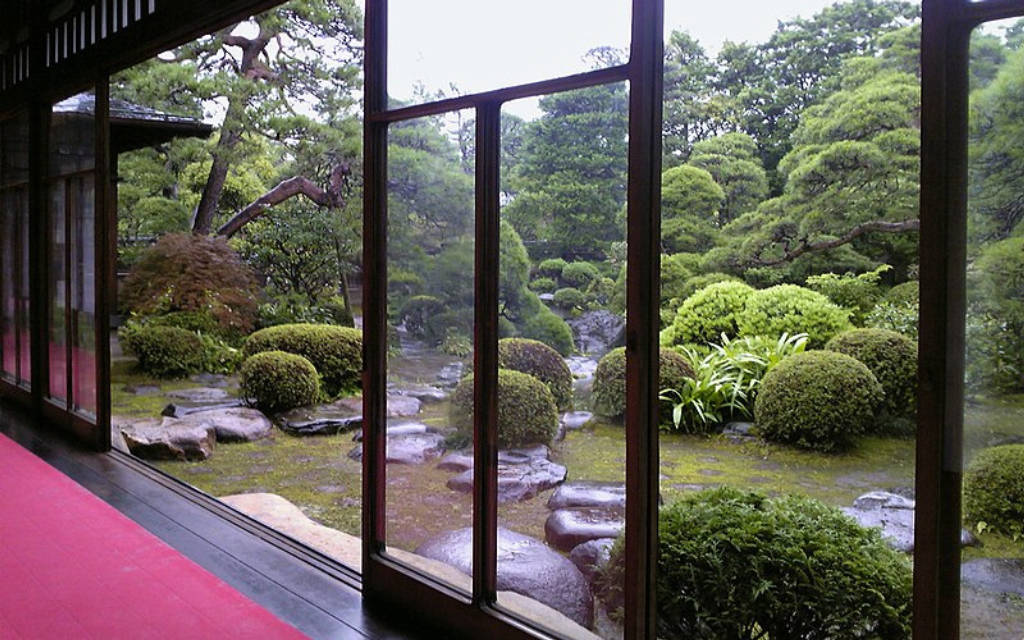
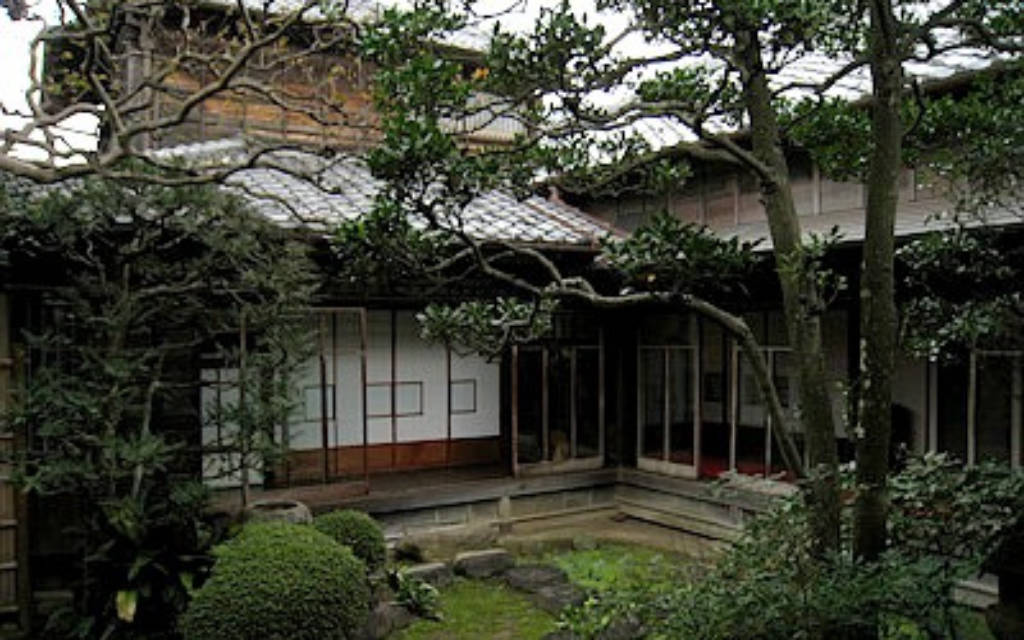
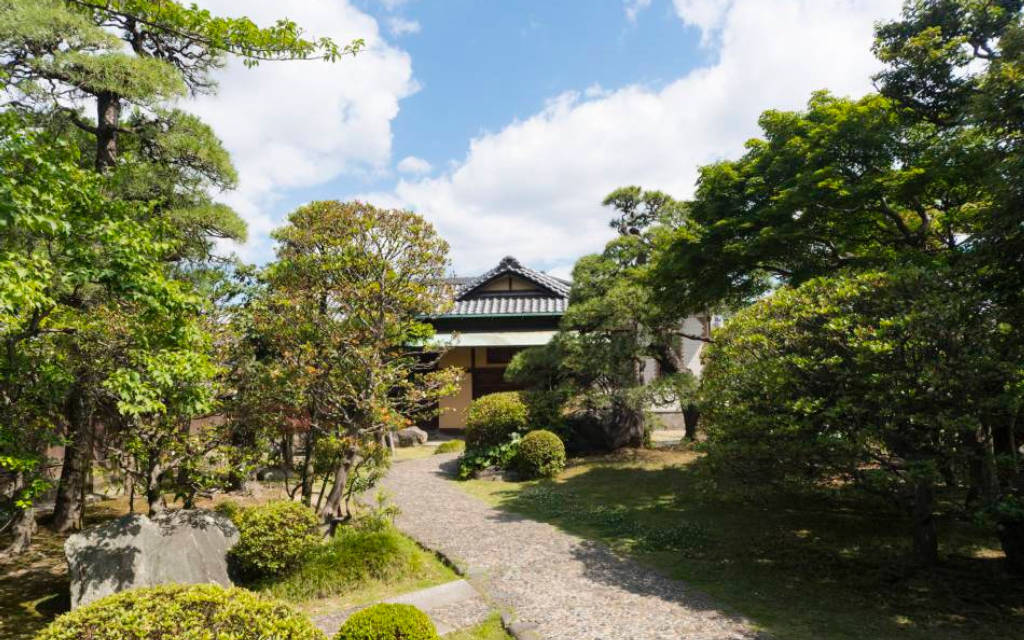
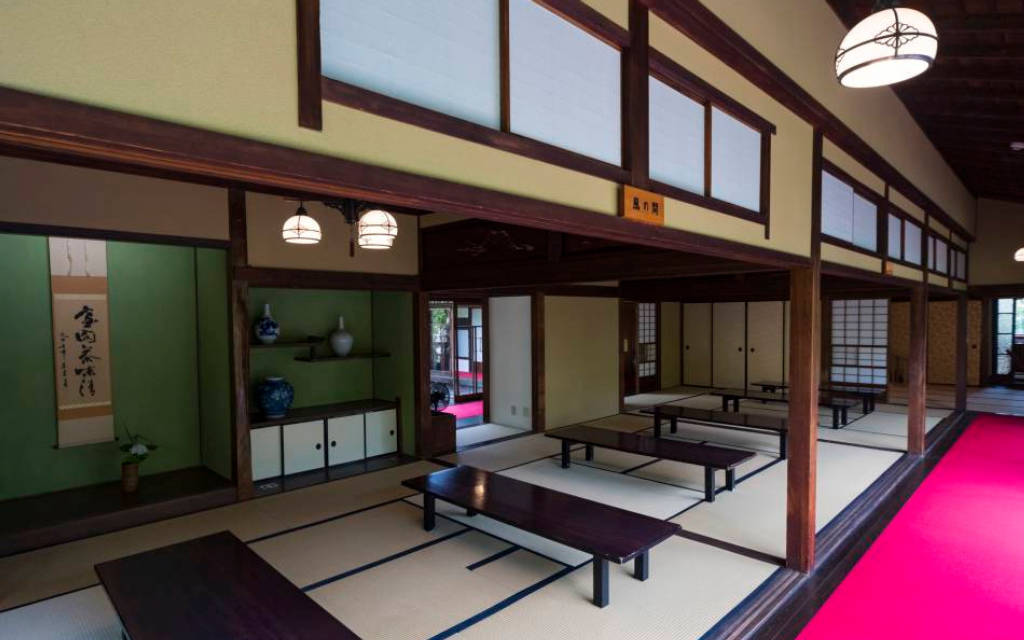
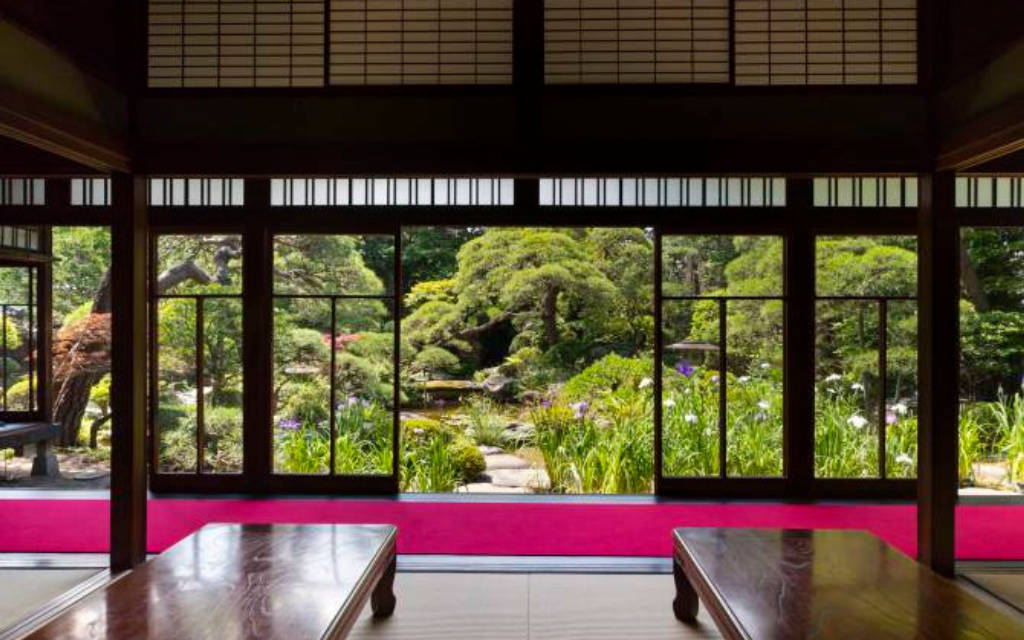






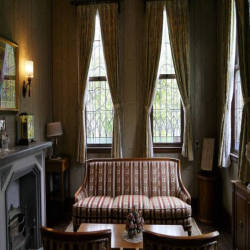
 7-19-32 Shibamata, Katsushika 125-0052, Tokyo
7-19-32 Shibamata, Katsushika 125-0052, Tokyo